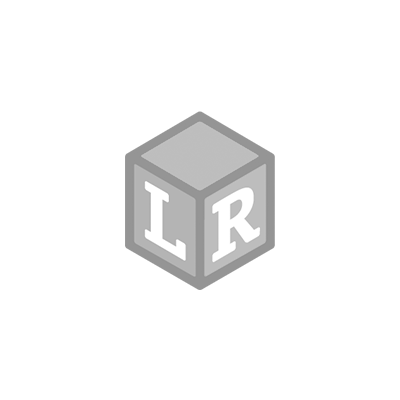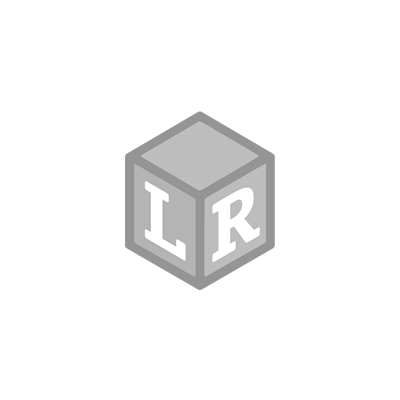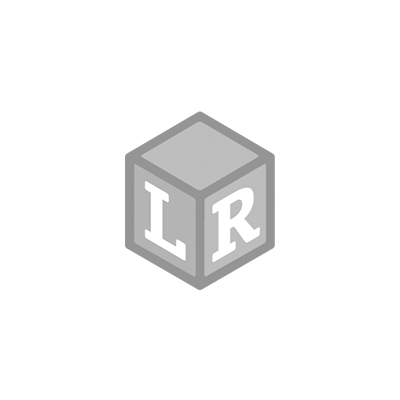
Mathlink Cubes in the Classroom!
- Patria Lincoln Posted On Mar 11, 2019 | Math
MathLink Cubes are the perfect way to provide an opportunity for teachers to model math fact strategies and flexible number thinking. More importantly, the MathLink Cubes allow students can get hands-on and follow along!

When teaching math, we must move away from emphasizing memorization and speed to stop sending the message that students who can do math fast are good. This is a simple yet powerful shift in building number sense!
Using math tools and manipulatives allows students to engage with math facts and presents a strong visual for our learners.
Decomposing and composing numbers is the first step to thinking about numbers flexibly. It’s important that students master smaller numbers (0-5) before moving to larger numbers (5-10). The picture above highlights how perfect MathLink Cubes are for visually representing different ways to decompose/compose numbers. Students will begin to recognize the pattern of decomposing and composing numbers with the concrete cubes and will eventually move to doing it abstractly using mental math. This is when it’s time to transition to using the MathLink cubes for math fact strategies.
The MathLink Cubes sharpen our ability to teach the different math fact strategies. Students can use two different colored cubes to model the near doubles facts. As seen in the picture above, students will clearly be able to see the pattern of cubes.
Using manipulative is also a great way to practice the making 10 to add strategy. Students can change MathLink Cubes in the ten frames to make a group of ten. Students will transfer a select number of cubes of one color, and switch them to another color. This demonstrates how to re-write the math fact into a “making 10 to add” math fact. This highlights how to think about numbers flexibly as previously mentioned. MathLink Cubes are highly engaging, making them perfect for more than just math tools in the classroom. My students LOVE using them to build their own “Beyblades.” They’ll use my extra book bins as stadiums and battle them as they watch their creations spin into each other!
Another way we use MathLinks Cubes for fun in the classroom is in one of our favorite morning meeting games- “Don’t Pick the Red Apple.” It’s an exciting game that gets students talking about probability and patterns!
All you need is a paper bag, green MathLink Cubes, and one red MathLink Cube. Place all the cubes in the bag, stand in a circle, and have students (without peeking) choose one cube out of the bag at a time. Notice and discuss/record how many students went by without selecting the “red apple!” This is sure to be a hit! Its so exctiting to have number and counting toys that bring such diverse and highly engaging opporutnities in the classroom!
Save it for later!

 Shop UK Site
Shop UK Site 
























